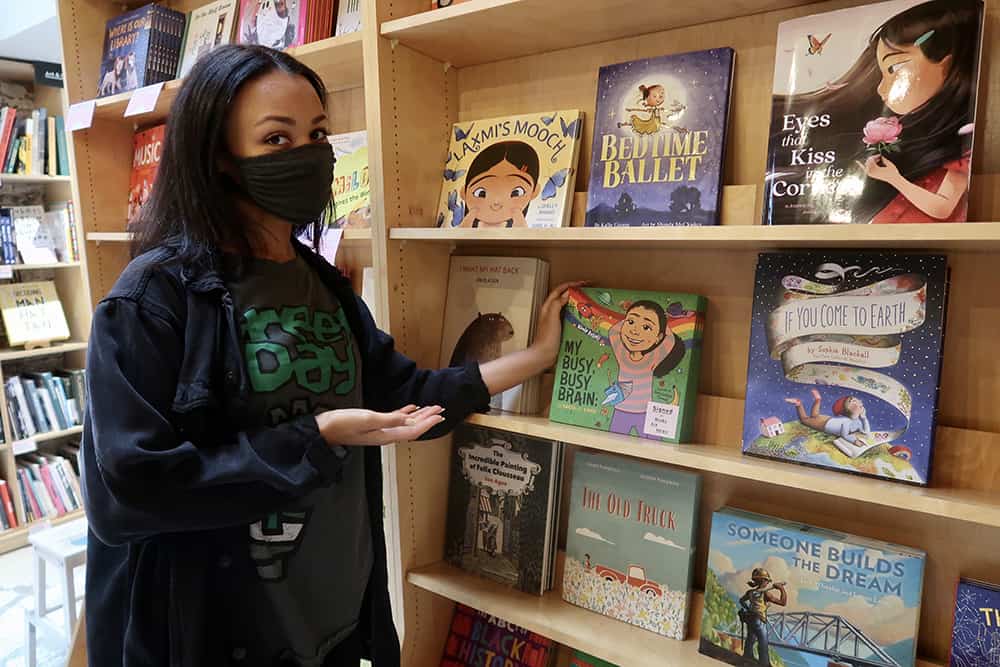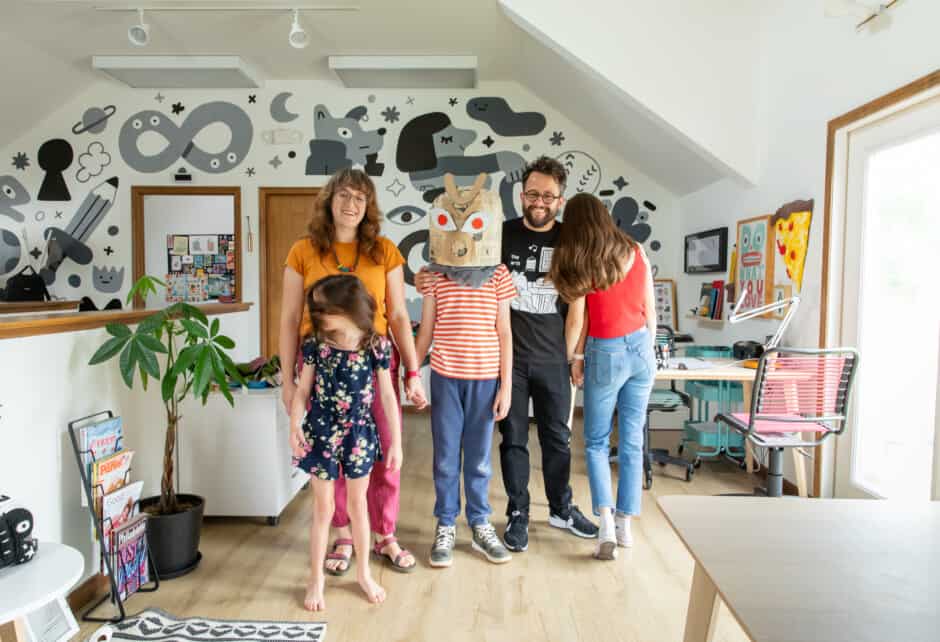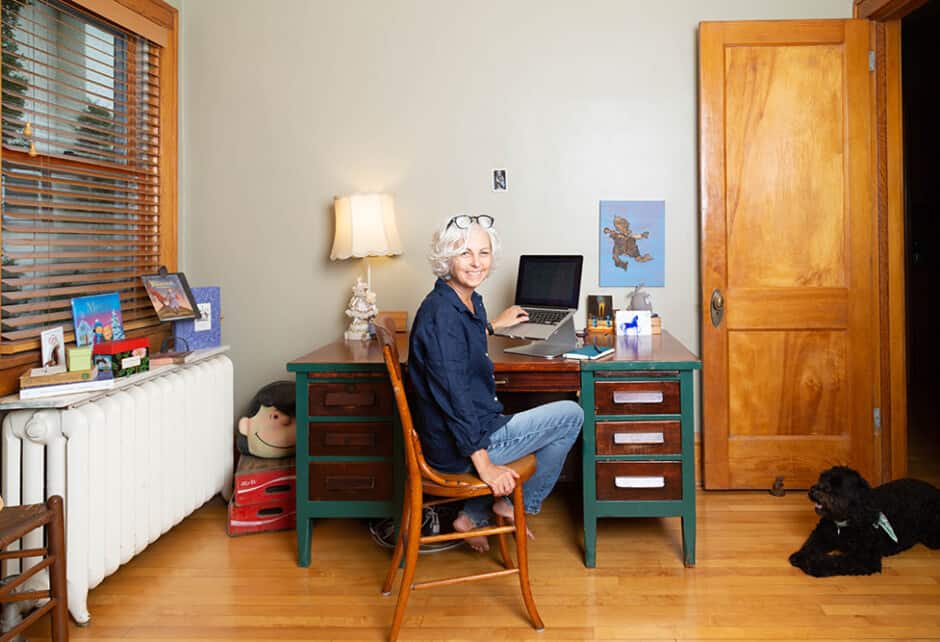
Tips for Raising A Child With ADHD, From The Author Of “My Busy, Busy Brain”
Written by Nicole Russell
Photography by Photo Courtesy of Nicole Russell
Bestselling YA author Nicole Russell (Everything a Band-Aid Can’t Fix) has a unique point of view when it comes to ADHD (attention-deficit/hyperactivity disorder). As co-founder and executive director of the Precious Dreams Foundation (a non-profit empowering youth in foster care and homeless shelters), she’s witnessed ADHD in the many children she’s worked with, and she was personally diagnosed with the condition in her 30’s. Inspired by her own experience, she published her first children’s book, My Busy, Busy Brain: The ABCD’s of ADHD, earlier this year, encouraging children who struggle with ADHD and other learning obstacles to speak up for themselves. Now Nicole has a brand-new perspective as the parent of a child with ADHD, after becoming a guardian (or as she says “sister-mom”) to her teen sister. Below, she shares her story, as well as tried-and-true tips on raising a child with ADHD and supporting people no matter their age.
Growing up, I embarrassingly thought that brain differences were synonymous with deficits. I believed it was a skill to trick people into believing I learned like the others and I, too, could pay attention in class.
When I was diagnosed with ADHD at age 34, after a long sigh of relief, resentment kicked in. Even with my career accomplishments of striving toward and becoming a best-selling author and non-profit founder, I wondered how much information I could’ve retained and how much I possibly missed as a child without the proper support from the adults around me. Lesson after lesson, in one ear and out the other. I fell behind. I went unnoticed. And I hated myself for trying to fit in.
I immediately thought about the large community of women with ADHD who could relate to my experience as a “high-performing” person struggling blindly. I thought about those who didn’t exhibit hyperactivity behaviors and daydreamed through countless class lessons, board meetings, and important conversations. I wondered why so many of us didn’t have the courage to say “I need help,” “I can’t concentrate like this,” or “can you repeat that please?”
Sometimes self-harm means pretending to be neurotypical and avoiding your needs. After being diagnosed with ADHD, I had to unlearn all of the behaviors that seemingly helped me fit in but forget myself.
Growing up, I didn’t have access to self-advocacy books and I didn’t know the girls with ADHD who asked for special accommodations. For decades, scientific research and social norms have forged a narrative that ADHD affects boys more than it does girls due to higher rates of diagnosis. However, while white boys are diagnosed and treated at a much higher rate than any other group categorized by gender and race, this is not indicative of a higher susceptibility to the disorder. And as a young Black girl in a diverse classroom, I wasn’t set up for success.
During the height of the pandemic, I began working on My Busy, Busy Brain: The ABCDs of ADHD, my latest children’s book. My Busy, Busy Brain was a chance to rewrite my story. Instead of wallowing in the initial disappointment of my diagnosis, I wanted to do two things: research and share. I learned that girls are more likely to be classified as inattentive rather than hyperactive, tend to experience anxiety and depression more often than externalized behaviors, and tend to go their entire childhood undiagnosed, as I was. I knew it wasn’t enough for me—with my responsibility to the youth I serve—to tuck this information away and not empower young girls to pay attention to their brain’s needs.
A girl’s ability to cope and hide does not mean they don’t struggle. Now that I understand what inattentive type can look like, I speak to children more often about their brains. I hope through these conversations about brain love or differences, it might spark someone to be brave enough to share their challenges.
When I’m not busy with non-profit work or writing, I’m present with my most important job, being a full-time sister-mom—a guardian to my little sister who is 16-years-old. My sister is creative, empathetic, a great problem solver and, like me, she also has ADHD. I see all of the best qualities in her but she also helps me see myself and the ways that my challenges are experienced by others. It’s a tough pill to swallow…raising someone that reminds you of yourself. But I realize that it’s a gift that I can empathize with her brain, and it helps me correct my own mistakes when it comes to setting expectations.
This is the kind of consideration and support I believe all kids deserve regardless of gender and race and economic status.
As moms (and guardians), there’s often the expectation to know exactly what your child needs through magical “intuition” and to teach them to operate around societal norms. But you and I know that these unrealistic stipulations for a “good parent” to be all-knowing or raise the child that fits in, does no good for us or our children.
Here are five lessons I’ve learned in my personal and professional roles about raising children with ADHD with care:
You will repeat yourself and that’s okay.
Sometimes people with ADHD need reminders and sometimes they simply need you to say things two or three times, considering that the first time you spoke they might’ve been distracted. That’s not their fault. A simple reminder is all it takes to get the job done.
Have flexibility in how you expect tasks to be completed.
Isn’t it a beautiful thing that no two brains are alike? Allow your child the space to approach tasks in a way that makes sense to them. Not everyone likes a color-coordinated closet. For some, the separation of colors can cause anxiety. It’s best to offer suggestions but remain flexible in your expectations.
Blurting out ideas and information is not bad behavior.
If the moment allows, just pause and hear them out. Allow your child to share their thoughts and once they finish, you can explain why it wasn’t the best time to share. Cutting someone off who has ADHD can make them feel like a prisoner to their brain, housing this idea that’s screaming to be heard. Nurture their inventive brains by creating space for interjections.
Moving the body is healthy.
Have you ever considered that strict demands for stillness may be hindering your child from thinking at their highest potential? Endlessly forcing them to sit still and be quiet creates friction for kids who need more appropriate ways to manage ADHD symptoms. My Precious Dreams Foundation often hosts yoga sessions with youth to help them practice mindfulness and improve focus. Consider buying your child a mat for moving through their ideas at home.
Ask questions to ensure that your child is learning and following what’s being taught.
Sometimes paying attention can look like being distracted and sometimes a seemingly focused child isn’t digesting information that’s being shared. The only way to know if your child is learning or hearing you is to follow up with questions. The question that was most triggering for me, but inspired the theme of My Busy, Busy Brain, is “what did you learn in school today?” If your child can’t remember, it may be time for an intervention.
Are you a mother with something to say? Send us an email to be considered for our “Mom Talk” column.
Share this story






